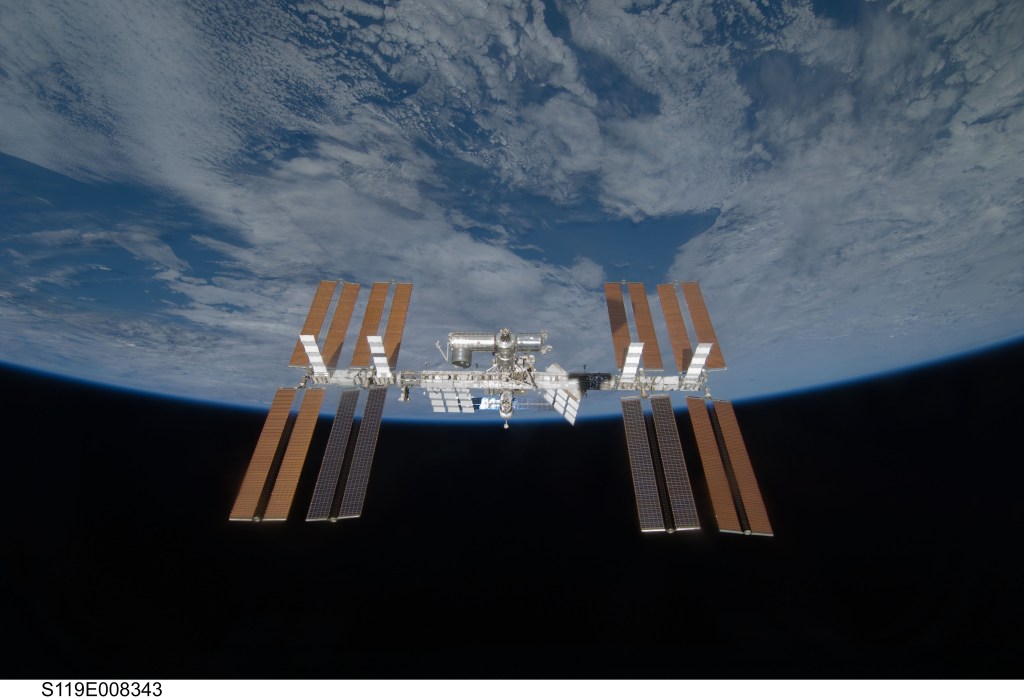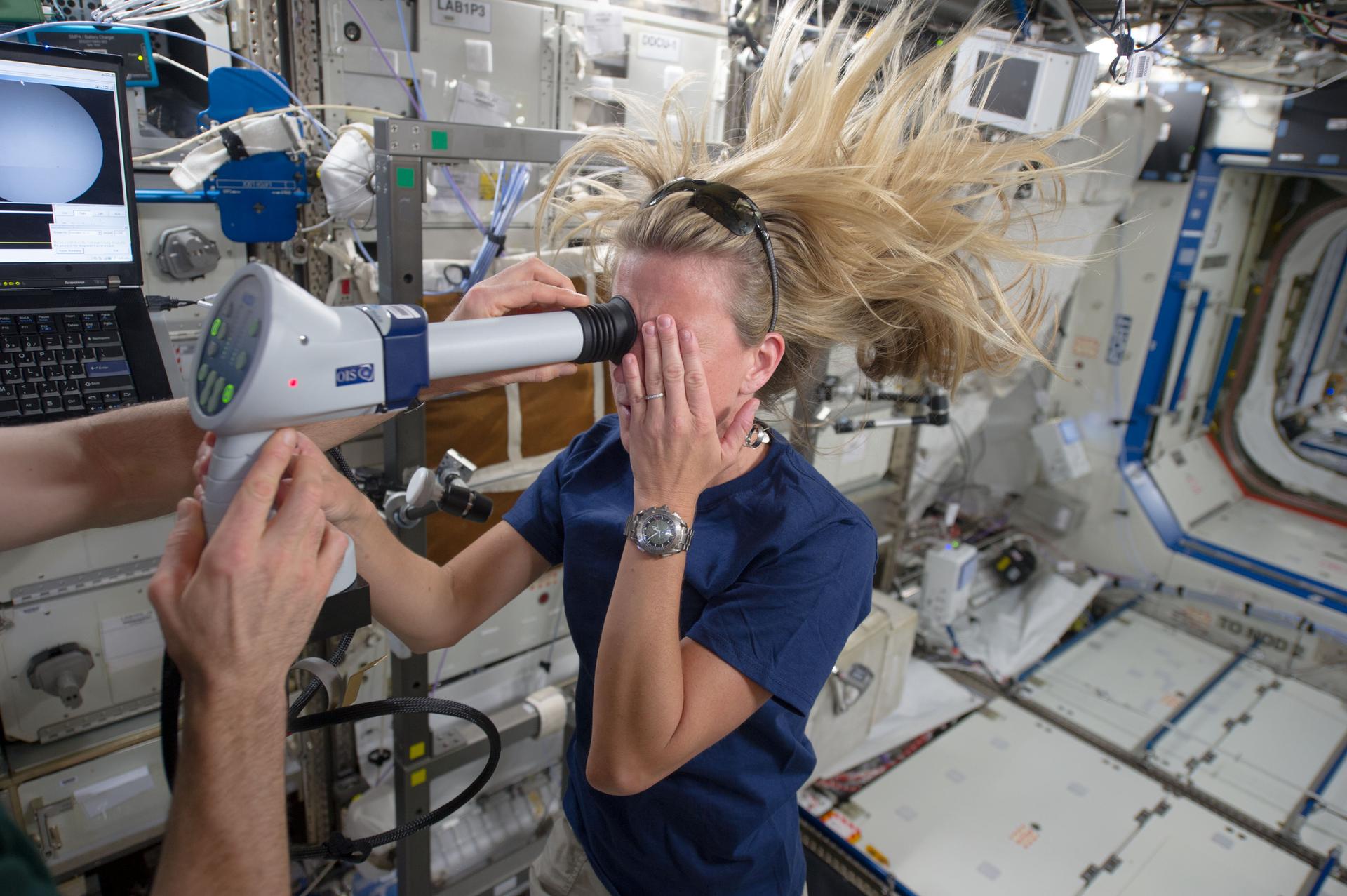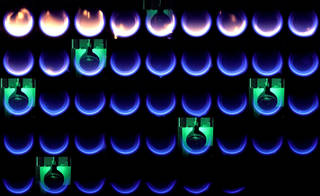Frequently Asked Questions About
The International Space Station
The International Space Station Program brings together international flight crews, multiple launch vehicles, globally distributed launch, operations, training, engineering, and development facilities, communications networks, and the international scientific research community.
The International Space Station — which involves the U.S., Russia, Canada, Japan, and the participating countries of the European Space Agency —is one of the most complex international collaborations ever attempted. The first element of the International Space Station was launched in 1998 and the station has been continuously crewed since 2000.
Editor’s note: This article was updated July 18, 2024, to reflect the latest information on the International Space Station.
Who operates the International Space Station?
Five partner agencies – CSA (Canadian Space Agency), ESA (European Space Agency), JAXA (Japan Aerospace Exploration Agency), NASA (National Aeronautics and Space Administration), and the State Space Corporation “Roscosmos” – operate the International Space Station, with each partner responsible for managing and controlling the hardware it provides. The station was designed to be interdependent and relies on contributions from across the partnership to function. No one partner currently has the capability to function without the other.
What are some examples of how the International Space Station is interdependent?
Examples include:
- Russia provides all of the propulsion for International Space Station used for station reboost, attitude control, and debris avoidance maneuvers.
- The U.S. gyroscopes provide day-to-day attitude control to control the orientation of the station. Russian thrusters are used for attitude control during dynamic events, including spacecraft dockings, and to provide attitude control recovery when the gyroscopes reach their control limits.
- Power from the U.S. solar arrays is transferred to the Russian Segment to augment the power needs of the Russian Segment.
- NASA’s Tracking and Data Relay Satellites (TDRS) provides communications and data transfer capability between the ground and the entire station, with some additional, less-continuous capability through Russian ground stations and satellites.
- There are life support systems on both the U.S. Orbital Segment and Russian Segment, responsible for generating oxygen and scrubbing carbon dioxide from the atmosphere. Having dissimilar life support systems allows for a larger crew than would otherwise be possible and provides an increased level of safety for the crew.
- Mission control centers for NASA in Houston and Roscosmos in Moscow command and control their respective segments.
- The space station was not designed to be disassembled, and current interdependencies between each segment of the station prevent the U.S. Orbital Segment and Russian Segment from operating independently. Attempts to detach the U.S. Orbital Segment and the Russian Segment would encounter major logistical and safety challenges given the multitude of external and internal connections, the need to control spacecraft attitude and altitude, and software interdependency.
What areas of Earth does the International Space Station fly over?
The International Space Station orbits with an inclination of 51.6 degrees. This means that, as it orbits, the farthest north and south of the Equator it will ever go is 51.6 degrees latitude. An explanation and visuals of the space station orbit is available online.
On the Spot the Station website, or with the Spot the Station mobile app, you can enter a country or region to find out when you can watch the International Space Station pass over that area.
Do NASA and Roscosmos always need its astronauts or cosmonauts on the International Space Station?
Operating the space station requires physical, hands-on maintenance by the crew, on both U.S. Orbital Segment and the Russian Segment, to ensure systems continue functioning. NASA and Roscosmos crew members are not trained to operate each other’s respective segments without onboard assistance. In failure scenarios on the U.S. Orbital Segment, only U.S. astronauts are trained to fully respond, either through actions inside the station (e.g., to change out a component) or through spacewalks. The same is true for Roscosmos cosmonauts in failure situations originating on the Russian Segment.
How is the International Space Station’s attitude and altitude controlled and can any current functions be replaced or upgraded?
Propulsion is used for station reboost, attitude control, debris avoidance maneuvers and eventual deorbit operations. International Space Station propulsion is provided by the Russian Segment and Roscosmos cargo spacecraft. The U.S. gyroscopes provide day-to-day attitude control, controlling the orientation of the station. Roscosmos thrusters are used for attitude control during dynamic events like spacecraft dockings and provide attitude control recovery when the gyroscopes reach their control limits.
Northrop Grumman’s Cygnus is the only U.S. commercial spacecraft available to provide limited capability for reboosts. This capability relies on the Russian Segment for attitude control during the small reboost. It does not currently have the capability to replace attitude control functions for the space station or carry adequate propellant for long-term sustained operations.
Attitude control and propulsive reboost capability is a continuous requirement, which means the space station needs a continuous and steady supply of propulsion spacecraft. Changes to the current propulsion scheme would take considerable new hardware/software development, and significant time and funding to implement.
How long do all the International Space Station partners plan to operate the complex?
The International Space Station has operated as a flagship of international collaboration for over 25 years. In 2023, NASA and CSA (Canadian Space Agency), ESA (European Space Agency), JAXA (Japan Aerospace Exploration Agency), and the Russian State Space Corporation Roscosmos “Roscosmos” committed to extending operations of the space station through their respective governments. The United States, Canada, Japan, and the 22 member nations of ESA have committed to operations through 2030, and Russia has committed to operations through 2028.
How will the International Space Station Partnership safely deorbit the space station after its planned decommissioning?
The primary objective during space station deorbit operations is the safe re-entry of the space station’s structure into an unpopulated area in the ocean as outlined in the agency’s International Space Station transition plan.
The space station will accomplish the deorbit maneuvers by using the propulsive capabilities of the space station and its visiting spacecraft. NASA announced SpaceX has been selected to develop and deliver the U.S. Deorbit Vehicle that will provide the capability to deorbit the space station and ensure avoidance of risk to populated areas.
Read our International Space Station transition plan FAQ page.
Read the agency’s International Space Station Deorbit Analysis Summary white paper.






























